MRO Sourcing Spend Assessment
Challenge
Faced with increasing budgetary pressures, the largest school district in California was challenged to find opportunities for cost reductions within its Maintenance, Repair and Operations (MRO) division. A Prokür Group consultant was engaged to conduct a spend assessment and make recommendations for a strategic sourcing initiative.
Complication
The team quickly identified several complications that would need to be addressed:
- Poor Data – The MRO category was assessed to be $350M in annual spend. The level and quality of data was poor and required significant analysis to be able to generate insights.
- Conflicting Budgetary Incentives – There were approximately 11 known budget categories such as General Funds, Restricted Funds, Bonds, Grants, etc. Each of these categories had restrictions that did not always align with project objectives. For example, although you may save on a cost per unit for a $1M Grant, the Grant compelled the district to spend $1M. Value was realized, but no dollar savings would be recognized. Additionally, given the deadline to spend funds, the incentives to be less frugal in order to exhaust the funds before they expired could be high.
- Managing all of these restrictions and incentives added a unique complexity to the engagement.
Approach & Solution
- The Prokür Group consultant built a spend cube with all available data. The status of the data required significant cleansing and categorization. An early version of AI-based tool was used by what is now one of the leading providers of AI-based Procurement data analytics.
- Additionally, recommendations were made to improve negotiating power by capturing pass-through spend; We also recommended to shift the focus from supplier operational measurements (eg requiring 20% inventory on-hand) to value-based SLA’s (eg 99% On-Time Delivery) to drive out costs and improve service levels.
- Our efforts uncovered $114M of addressable spend identified across four categories. With our recommendations to save an estimated $8.0M (7%) to $12.6M (11%) year over year.
